December is not only the month to deck the halls with boughs of holly—it’s also the time to deck the garden out. Or at least, spend some time ensuring that it remains fully functioning and joyful during the colder weather. While you’re roasting chestnuts on an open fire, jack frost is busy nipping at your plants. So here are my top gardening jobs for December, to make sure your garden stays as jolly as you are this month.
1. Cold cover up
A winter chill can devastate tender plants, even when they’re tucked away in a greenhouse. Vulnerable plants need to be kept away from temperatures below 5 degrees, so unheated greenhouses need special attention when the temperature plummets.
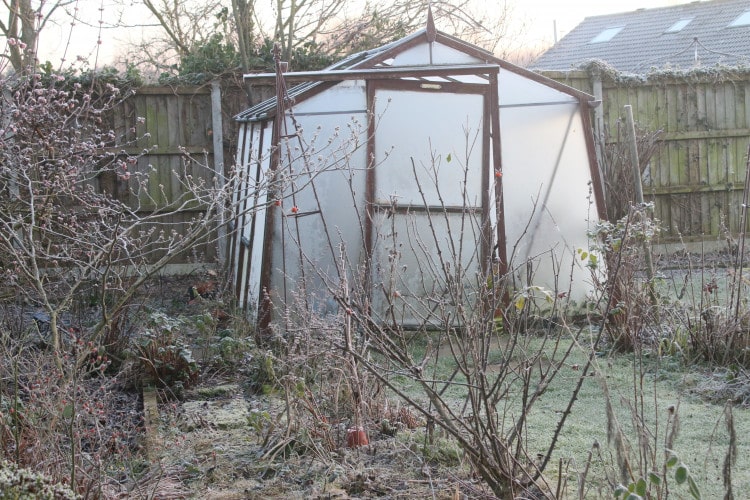
Outdoor plants can be protected using mulch for shallow rooted plants and straw with horticultural fleece for fragile foliage. Patio pots may also be wrapped in bubble wrap or another insulating layer will protect them from a cold front. Read my blog on frost protection to find out more.
Tender plants
Tender perennials and autumn-sown seedling you’ve brought in from the cold will need extra protection. Group these plants together and cover them with hessian to keep them snug overnight, removing this in the morning so that they have access to natural light.
Insulation
Insulating your greenhouse can also have a huge effect. You’ll want to replace and broken panes immediately and seal any cracks.
It’s best to use a flexible-based material so that if the wind gets up it doesn’t crack or break whatever it’s attached too and a transparent material is always best in a greenhouse so it doesn’t block out light. The same goes with bubble polythene insulation—be wary that this can cut out up to 10% of precious daylight.
2. Aves eatery
Other than just inviting birds into your garden for the uplifting effect the have on us. You can also encourage wild birds to visit your patch to the benefit of your plant life too. Birds are fantastic at keeping pests in check. Caterpillars, beetles, grubs, and larger insects like spiders are all part of their diet and some birds absolutely love snails and slugs.
Attracting birds
The best thing you can do to attract birds is to leave areas messy. Not only to dead leaves and stems make a great habitat for them, but seed heads are a wonderful food source at this time of year. Of course, they also rely heavily on bird feeders and water sources.
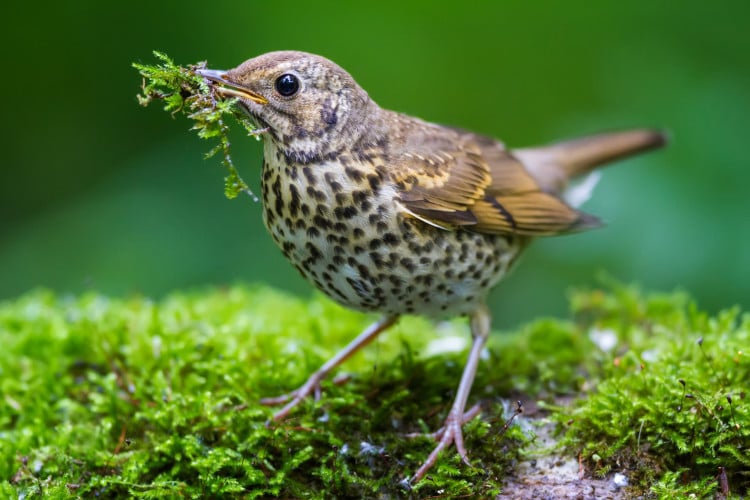
So, these need to be regularly topped up because they soon become a lifeline for birds when the weather turns cold. Birds feed during winter’s limited daylight to consume enough food – as much as 30% of their body weight – to build the necessary fat reserves to survive long, cold nights.
RSPB
The RSPB has fantastic advice online about what to feed birds and local garden centres are often a font of knowledge too. So get to know the birds in your garden and start from there. My other top tip is not to forget about water too. When the ground freezes, often so do vital water sources for wildlife. Keep putting out resources for them daily and read on to find out how to thaw supplies when they’re in need.
3. Thaw the ice
At this time of year, although water is often in full supply, it can cause issues if it begins to freeze. So firstly, start by taking some time to insulate your outdoor taps. Simply use a tap cosy, or similar, to provide protection from the elements and then fix in place—if nothing else, this can be done with garden twine.
This will prevent your pipes from freezing, which can be really damaging and costly. So too, your plants will need your help when water becomes solid and they can’t absorb it from the soil. In the event of potted soil freezing, containers will expand and could crack. See my blog for helpful advice on how best to avoid this.
Ponds
Once your taps and plants are suitably wrapped up warmly, it’s time to make sure ponds and bird baths are prevented from freezing too. Animals need our help to keep their sources of water accessible.
During really cold snaps, it’s unlikely this will prevent all of the water remaining ice-free. So I would recommend placing two or three footballs (or plastic containers) situated near the edge of the water so that birds can easily access the water’s surface. A pond aerator will have a similar affect as this, but they can be costly.
Thaw
Finally, if despite your best efforts, freezing does occur, then make sure to thaw the ice as often as possible. To do this, use a hot kettle to melt the ice, as smashing it can harm pond inhabitants. For bird baths, leave a tennis ball floating on the surface, which will leave a natural space if the ice covers the rest.
With your garden taken care of, it’s time to sit back and enjoy the sights of this season’s sights. Enjoy festive berries, deep green evergreens and the fading russet reds of deciduous growth—this natural decoration is the perfect backdrop to a Christmas at home.
Happy Christmas to you all!

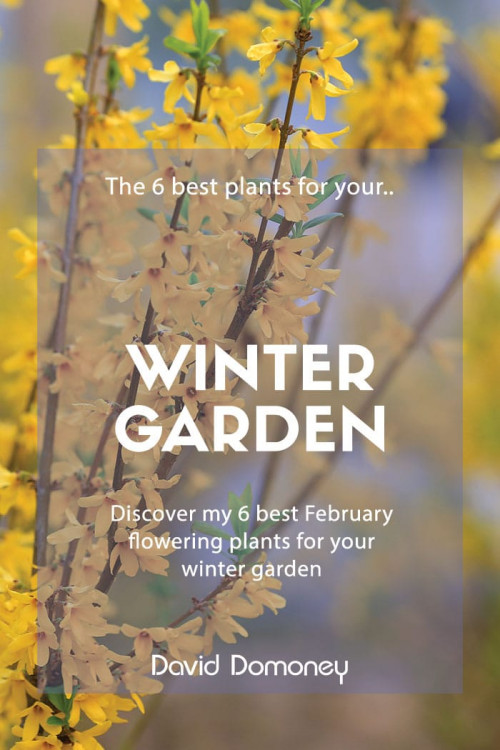
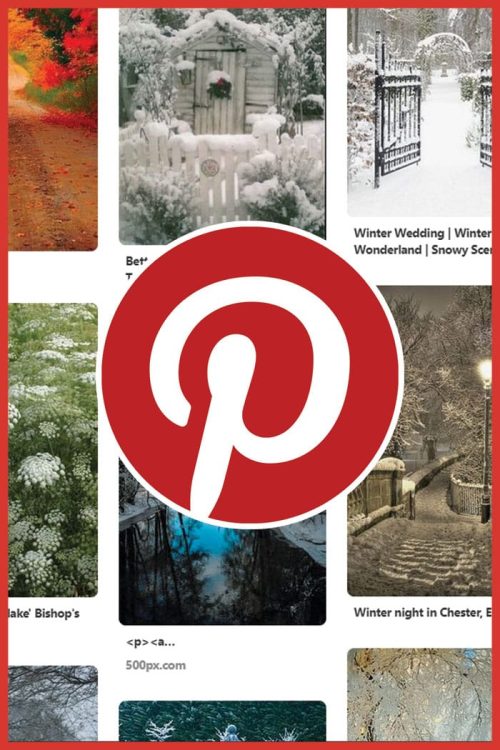

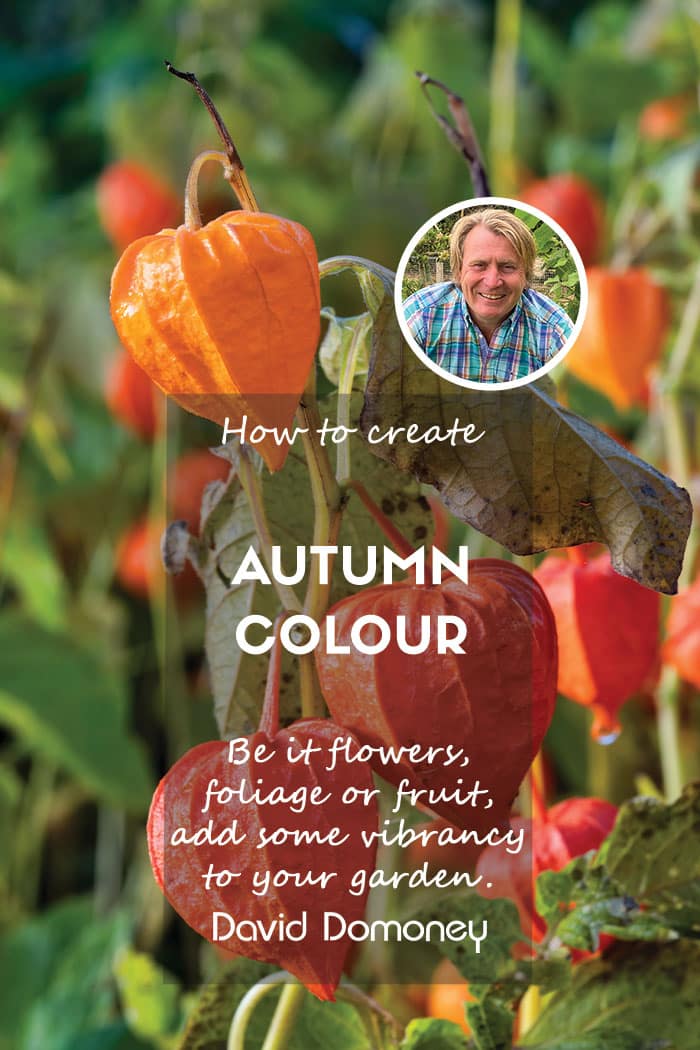
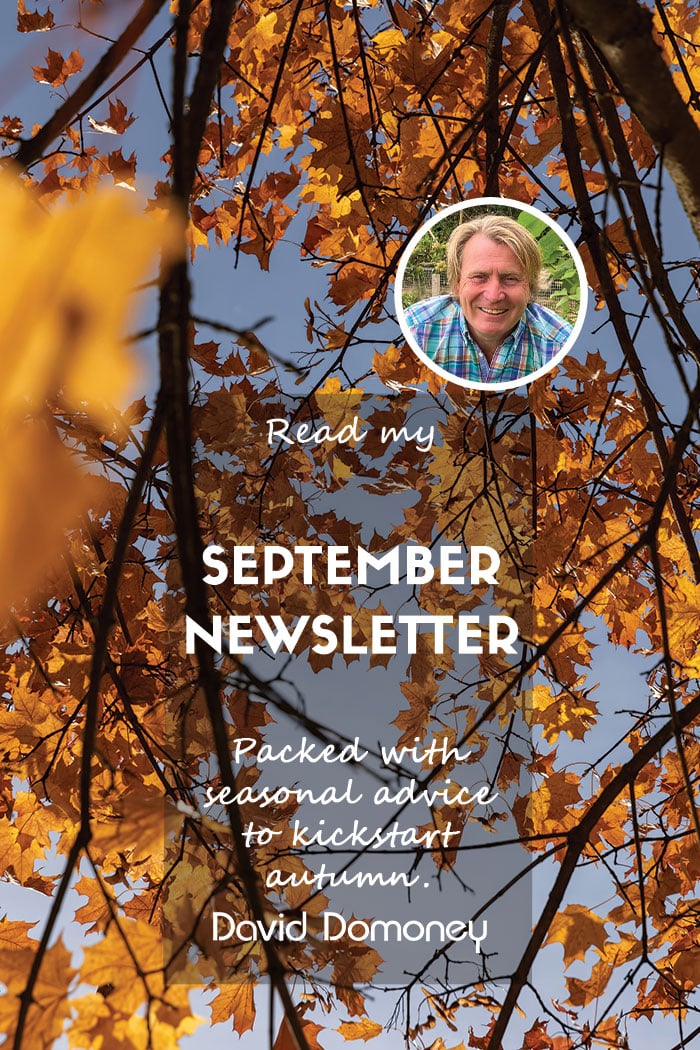
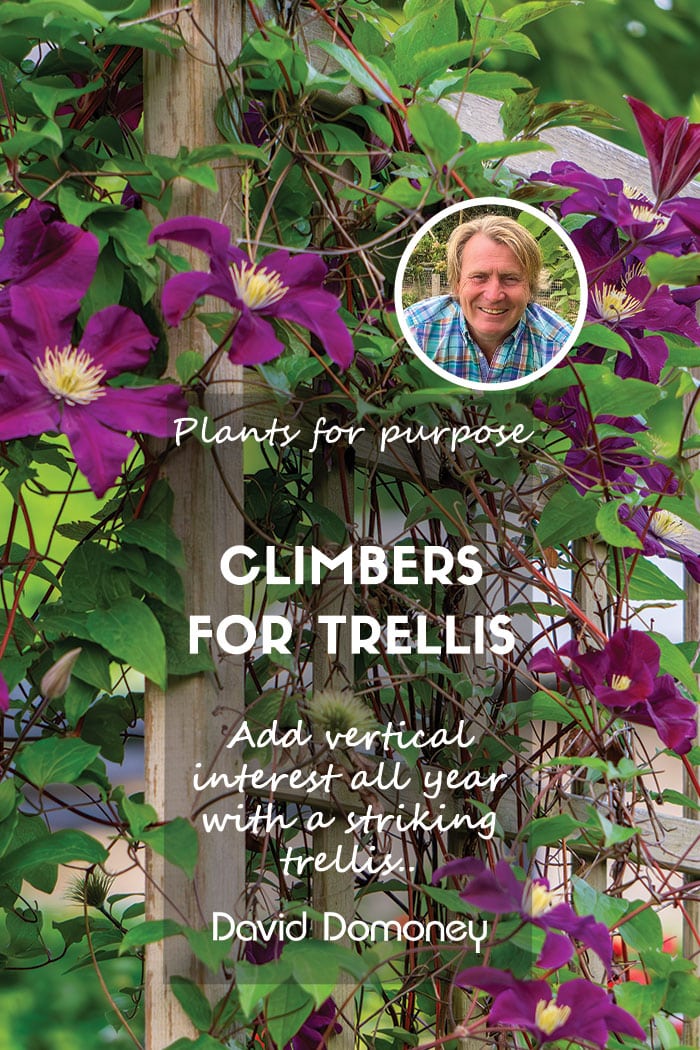
My cornus winter fire and other red stemmed varieties are giving me great visual pleasure this year.